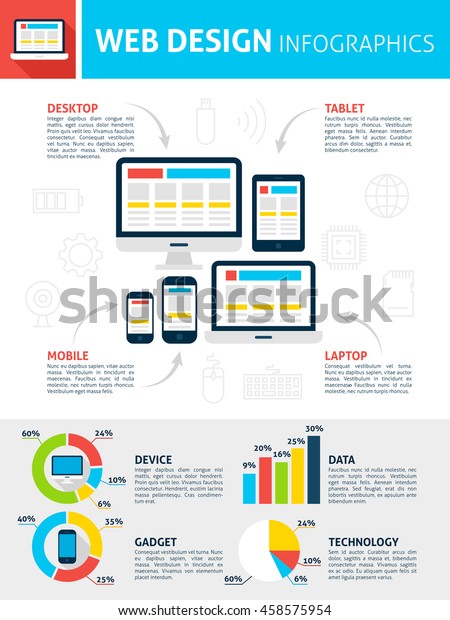Interested In Learning Just How Website Design Has Progressed For Many Years? Explore The Journey From Simple Styles To User-Centered Strategies
Interested In Learning Just How Website Design Has Progressed For Many Years? Explore The Journey From Simple Styles To User-Centered Strategies
Blog Article
Composed By-Johnsen Bojesen
In the past, internet sites were simple and concentrated on information. Navigation was straight, and design was for desktop computers. Currently, individual experience is crucial. Data guides styles for very easy navigation. Responsive formats fit different tools. Today, dark mode reduces pressure, and minimal menus boost navigation. Interactive attributes engage individuals, and vibrant visuals attract attention. AI integration enhances engagement. See just how design has actually developed to enhance your on-line journey.
Early Days of Web Design
In the early days of web design, simplicity reigned supreme. Sites were standard, with restricted colors, font styles, and formats. The focus was on providing information as opposed to fancy visuals. Individuals accessed the internet via sluggish dial-up connections, so speed and performance were vital.
Navigation food selections were straightforward, usually located on top or side of the page. Internet sites were developed for computer, as mobile surfing wasn't yet widespread. Material was king, and designers prioritized easy readability over complicated design elements.
HTML was the key coding language made use of, and designers needed to function within its constraints. Animations and interactive attributes were minimal contrasted to today's standards. Sites were fixed, with little vibrant web content or tailored individual experiences.
Rise of User-Focused Layout
With the evolution of site style, a shift in the direction of user-focused style principles has actually ended up being significantly popular. Today, producing internet sites that prioritize individual experience is vital for engaging visitors and accomplishing company goals. User-focused design involves understanding the demands, preferences, and actions of your target audience to tailor the web site's design, material, and features as necessary.
Developers now carry out complete research study, such as individual studies and functionality testing, to gather understandings and responses straight from users. This data-driven approach aids in developing intuitive navigating, clear calls-to-action, and aesthetically appealing user interfaces that resonate with visitors. By putting the user at the facility of the layout process, web sites can supply a much more personalized and satisfying experience.
Receptive layout has likewise become a key aspect of user-focused layout, making certain that websites are optimized for numerous devices and screen sizes. This adaptability boosts access and use, satisfying the varied methods customers interact with websites today. Fundamentally, the rise of user-focused layout represents a shift in the direction of creating digital experiences that focus on the needs and expectations of the end individual.
Modern Trends in Web Design
Discover the current fads shaping website design today. One noticeable fad is dark mode style, using a streamlined and modern-day look while minimizing eye stress in low-light atmospheres. One more vital fad is minimalist navigation, streamlining food selections and improving customer experience by concentrating on essential elements. Incorporating micro-interactions, such as computer animated buttons or scrolling impacts, can develop an extra engaging and interactive web site. Responsive style continues to be important, ensuring smooth user experiences throughout various gadgets. Furthermore, using vibrant typography and asymmetrical formats can add visual rate of interest and accentuate certain material.
Integrating AI modern technology, like chatbots for client assistance or customized referrals, improves individual involvement and streamlines procedures. Ease of simply click the up coming web site has additionally become a considerable trend, with designers prioritizing comprehensive layout methods to cater to diverse user needs. Embracing sustainability by maximizing website efficiency for rate and effectiveness is another emerging fad in website design. Collaborating with user comments and information analytics to repeat and boost layout continuously is important for remaining appropriate in the ever-evolving digital landscape. By welcoming these modern-day fads, you can produce a visually enticing, easy to use site that reverberates with your target market.
Conclusion
As you reflect on the advancement of site layout from the very early days to currently, you can see how user-focused design has actually come to be the driving force behind modern-day trends.
Embrace the journey of modification and adaptation in website design, constantly keeping the user experience at the leading edge.
Keep current with the most up to date patterns and modern technologies, and never ever quit developing your method to develop aesthetically stunning and straightforward web sites.
Develop, adjust, and develop - the future of website design is in your hands.
